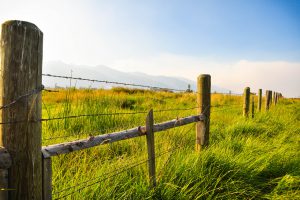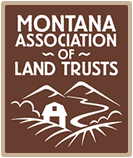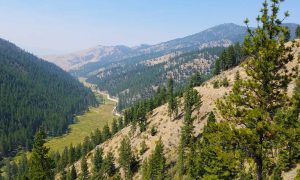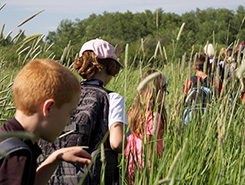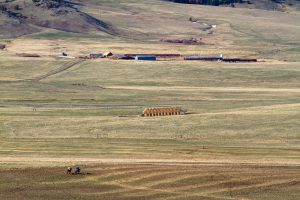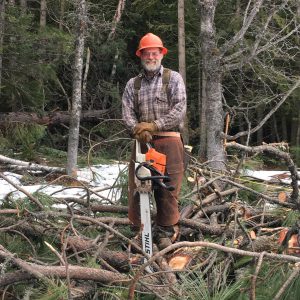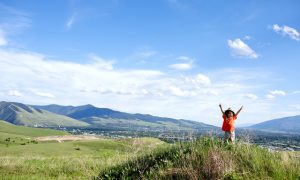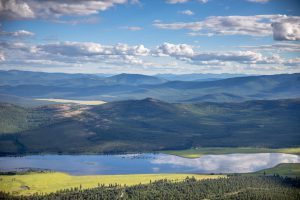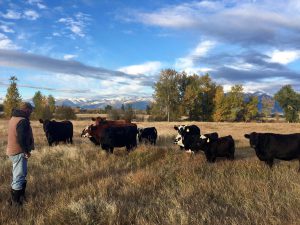Bitter Root Land Trust’s Regional Conservation Partnership Program (RCPP) proposal has been approved nationally by the NRCS, which opens the door to up to nearly $5 million in NRCS funding over five years, matched by over $8.6 million in other leveraged funds for Bitterroot Valley landowner-driven conservation in Ravalli County.
In an April 16 announcement, the NRCS reported the Farm Bill’s RCPP 2020 allocations funded 48 projects in 29 states with $206 million in NRCS funding leveraging nearly $300 million in other funds.
“I’m excited to announce the first RCPP awards under the 2018 Farm Bill,” said Tom Watson, NRCS State Conservationist for Montana. “Through collaboration and aligning our resources toward a common goal, we’re making an impact for natural resource conservation that could never have been realized on our own.”
The RCPP offers applicants and program participants incentives to build partnerships around innovative resource and conservation solutions for farms, ranches, wildlife habitat and more. The Montana NRCS website also features a RCPP announcement. The Ravalli Republic Sunday edition also featured the RCPP announcement.
Within the NRCS April 16 announcement is a multimedia presentation that shows the location of all 48 approved applications with a short summary of each proposal. Here’s the summary for the Bitterroot Conservation Connectivity RCPP: Bitter Root Land Trust proposes to use conservation easements to protect small but critical properties that possess significant conservation values in the Bitterroot Valley. Preservation of these properties will help protect prime agricultural land, improve soil health and enhance habitat connectivity for the abundant wildlife in the Bitterroot. The partnership intends to target beginning farmers and ranchers using a buy-protect-sell approach, allowed under RCPP’s flexible easement approach.
MALT extends enthusiastic congratulations to Gavin Ricklefs, Kyle Barber and the entire staff and board of BRLT for its determination and hard work throughout a lengthy process to finalize and submit its RCPP project application. This RCPP award is a perfect match for the Ravalli County Open Land Program and the two programs in tandem have the potential to produce amazing results for the people, agriculture and wildlife of Ravalli County. MALT also extends a thank you to NRCS State Conservationist Tom Watson and NRCS Assistant State Conservationist Jerry Shows for their guidance and assistance during this process.
A second Montana RCPP submission was also approved. Pheasants Forever and their Northern Great Plains Conservation proposal was funded at $762,129. This partnership includes bird-focused organizations including American Bird Conservancy, Montana Audubon and the Northern Great Plains Joint Venture.
